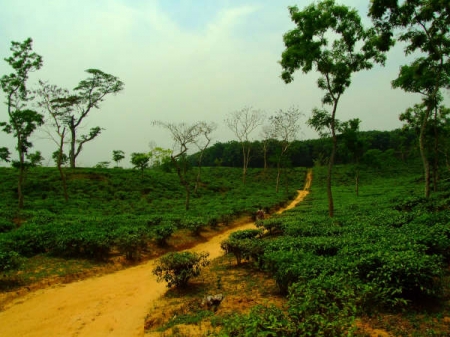Wood is the main fuel for cooking and other domestic requirements. It is not surprising that population pressure has had an adverse effect on the indigenous forests. By 1980 only about 16 percent of the land was forested, and forests had all but disappeared from the densely populated and intensively cultivated deltaic plain.
Saturday, January 13, 2018
Forestry in Bangladesh
Wood is the main fuel for cooking and other domestic requirements. It is not surprising that population pressure has had an adverse effect on the indigenous forests. By 1980 only about 16 percent of the land was forested, and forests had all but disappeared from the densely populated and intensively cultivated deltaic plain.
Wednesday, January 10, 2018
Tea Plantation History
September 13, 2008 · Filed under Background of the tea workers, Tea plantation workers · Tagged Bangladesh Tea Board, Tea Plantations

History of Bangladesh tea industry dates back to around 1823 when tea started to be grown for commercial purposes in the Assam forests. Tea plantation in Bengal developed concurrently with that in the northeastern part of India during the early nineteenth century. In 1855, the Assam indigenous tea plant was established in Chandghani Hills of Sylhet.

History of Bangladesh tea industry dates back to around 1823 when tea started to be grown for commercial purposes in the Assam forests. Tea plantation in Bengal developed concurrently with that in the northeastern part of India during the early nineteenth century. In 1855, the Assam indigenous tea plant was established in Chandghani Hills of Sylhet.
Thursday, January 4, 2018
Subscribe to:
Posts (Atom)
